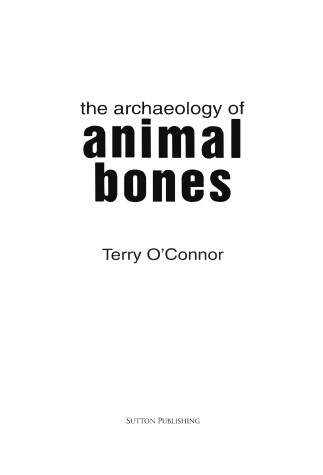Texas A & M University Anthropology
1 primary work
Book 4
An accesible introduction to the principles and methods involved in the study of animal bones in archaeology. Following a close analysis of bone itself, including the archaeological imprints left by life, death and decay, this text goes on to look at how bone is recovered from sites and examined, described and identified. The main focus of the book is the information these bones can reveal about the animals - their health, growth, diet, disease, injuries and age at death. In particular, the book considers the archaeological characteristics of small mammals, amphibians, reptiles, birds and fish. Throughout the text, the author seeks to relate this archaeological evidence to the culture and economy of the people of the time. He shows how information derived can reveal the hunting and fishing activities of prehistoric communities and throw fresh light on the key topic of animal domestication. A final chapter investigates the insights that animal bones can provide into the complex urban societies of medieval and later periods.
